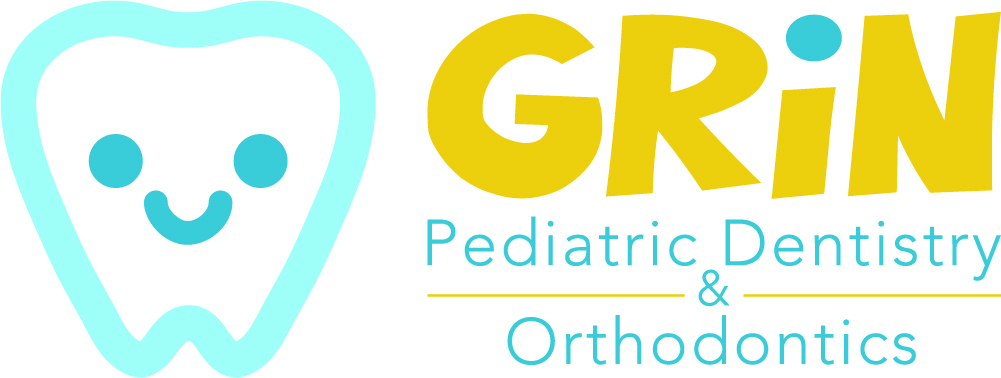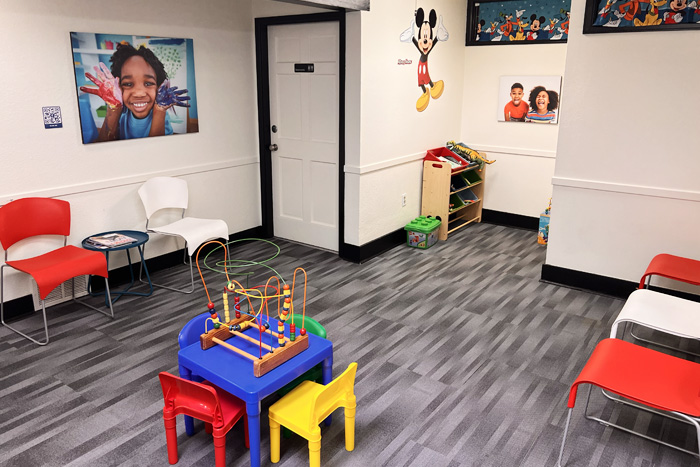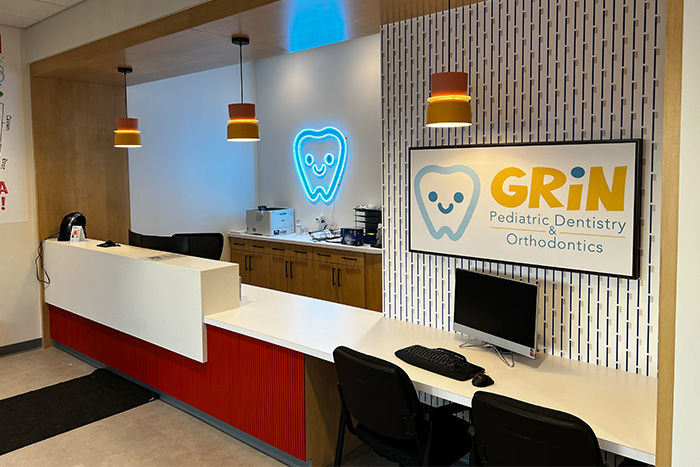Metal vs. Clear Braces for Kids How to Choose the Best Braces for Children

If your child needs braces, one of the first choices you’ll need to make is between traditional metal braces and clear orthodontic braces. Both are effective in straightening teeth and improving oral health, but each comes with its own set of benefits—depending on your child’s age, comfort level, and treatment goals.
In this guide, we’ll explore the key differences between metal dental braces and clear alternatives, outline the most common types of braces for kids, walk you through the treatment process, and provide the insights you need to confidently choose the best option for your child.
What Are Braces and Why Are They Important for Kids?
Braces are orthodontic devices that gradually move teeth into their correct positions. For children, they’re often used to treat issues like crooked teeth, spacing problems, crowding, or bite misalignment. Beyond improving the appearance of a smile, braces also support better chewing, clearer speech, and long-term oral health.
Teeth Braces Types for Children
There’s no one-size-fits-all approach when it comes to braces. Thankfully, orthodontics now offers different options tailored to your child’s needs, lifestyle, and age.
1. Traditional Metal Braces
Metal mouth braces (also called metal dental braces) are the most commonly used braces for kids. They involve small metal brackets attached to the teeth, connected by a wire that’s adjusted over time to move teeth into place.
Why choose metal braces?
- They’re strong and reliable
- They work well for all kinds of alignment issues
- They’re typically the most budget-friendly
- Many kids enjoy picking fun rubber band colors for each visit
2. Clear Orthodontic Braces (Ceramic Braces)
Clear orthodontic braces function much like metal ones, but instead of silver brackets, they use ceramic or tooth-colored materials that blend with natural teeth. This makes them less noticeable.
Why parents and teens like them:
- They’re more discreet
- They’re effective for most orthodontic problems
- They suit older kids or teens who feel self-conscious about wearing braces
Things to keep in mind:
- Ceramic brackets can be more fragile than metal ones
- They may stain over time without good hygiene
3. Clear Aligners (e.g., Invisalign® Teen)
Clear aligners are a removable option that gently moves teeth using a series of plastic trays. Your child wears each set of aligners for about two weeks before switching to the next one.
Advantages:
- Almost invisible when worn
- No wires or brackets
- Can be removed for eating, brushing, or special occasions
Considerations:
- Best for mild to moderate orthodontic issues
- Kids must wear them consistently (20–22 hours a day)
- Not ideal for younger children who may misplace or forget to wear them
Metal Mouth Braces vs. Clear Orthodontic Braces
Choosing between metal and clear braces involves more than just appearance. Here’s a side-by-side comparison to help you weigh your options:
| Feature | Metal Braces | Clear Braces |
| Appearance | Very visible | Blend with tooth color |
| Durability | Extremely strong | More prone to chipping |
| Cost | More affordable | Higher cost |
| Best for | All treatment levels | Mild to moderate issues |
| Cleaning | Easy to manage | Requires more care to avoid stains |
Both options can deliver excellent results. It comes down to your child’s specific case, their habits, and what they feel most comfortable wearing.
How to Get Teeth Braces for Your Child
Wondering where to start? Here’s what the process typically looks like when getting braces for your child:
Step 1: Book a Consultation
A pediatric dentistry will evaluate your child’s teeth, bite, and jaw to determine if braces are needed and what type would work best.
Step 2: X-Rays and Digital Imaging
To get a complete picture of your child’s oral structure, the orthodontist may take X-rays, scans, or impressions. This helps them map out a personalized treatment plan.
Step 3: Review Treatment Options
You’ll review the pros and cons of different options, such as traditional metal braces or clear orthodontic braces, and decide on a plan together.
Step 4: Getting Braces
During the appointment, the braces are carefully placed on your child’s teeth. This process is simple and typically takes about an hour.
Step 5: Regular Follow-Ups
Your child will return every few weeks for checkups and adjustments. These visits are essential to keep the orthodontic treatment on track and ensure progress.
How to Choose the Right Type of Braces
Not sure which braces are right for your child? Here are a few points to consider:
- Age and Responsibility: Younger kids may do better with metal braces, which are sturdy and don’t rely on daily discipline like aligners.
- Appearance: Teens often prefer ceramic braces or aligners for a less visible look.
- Complexity: More complicated cases usually respond best to metal braces.
- Budget: Traditional metal braces are usually the most cost-effective.
- Hygiene Habits: Clear braces require excellent brushing to avoid staining.
Your orthodontist will help you choose the best fit based on your child’s needs and your family’s goals.
Frequently Asked Questions (FAQs)
What’s the right age to get braces?
Most kids start between ages 9 and 14, but early evaluations around age 7 can help catch issues before they become more serious.
Will braces hurt?
Braces can cause mild soreness after placement or adjustments. This usually lasts a few days and can be managed with soft foods and over-the-counter pain relief.
How long will my child need to wear braces?
The average time is 18 to 24 months, but this varies depending on the complexity of the case and how well instructions are followed.
Can kids play sports with braces?
Absolutely. A mouthguard is recommended for contact sports to protect the braces and teeth.
Do certain foods need to be avoided?
Yes. Hard, sticky, or chewy foods can damage braces and should be limited.
Final Thoughts
Starting orthodontic treatment is an important milestone in your child’s dental journey. Whether you go with metal mouth braces, metal dental braces, or clear orthodontic braces, the key is choosing a solution that suits your child’s needs and helps them feel confident throughout the process.
At Grin Pediatric Dentistry and Orthodontics, we’re committed to delivering expert care tailored specifically for children. Our focus is on creating a comfortable, supportive experience—so your child can enjoy not only a straighter smile, but a healthier, happier one for years to come.






